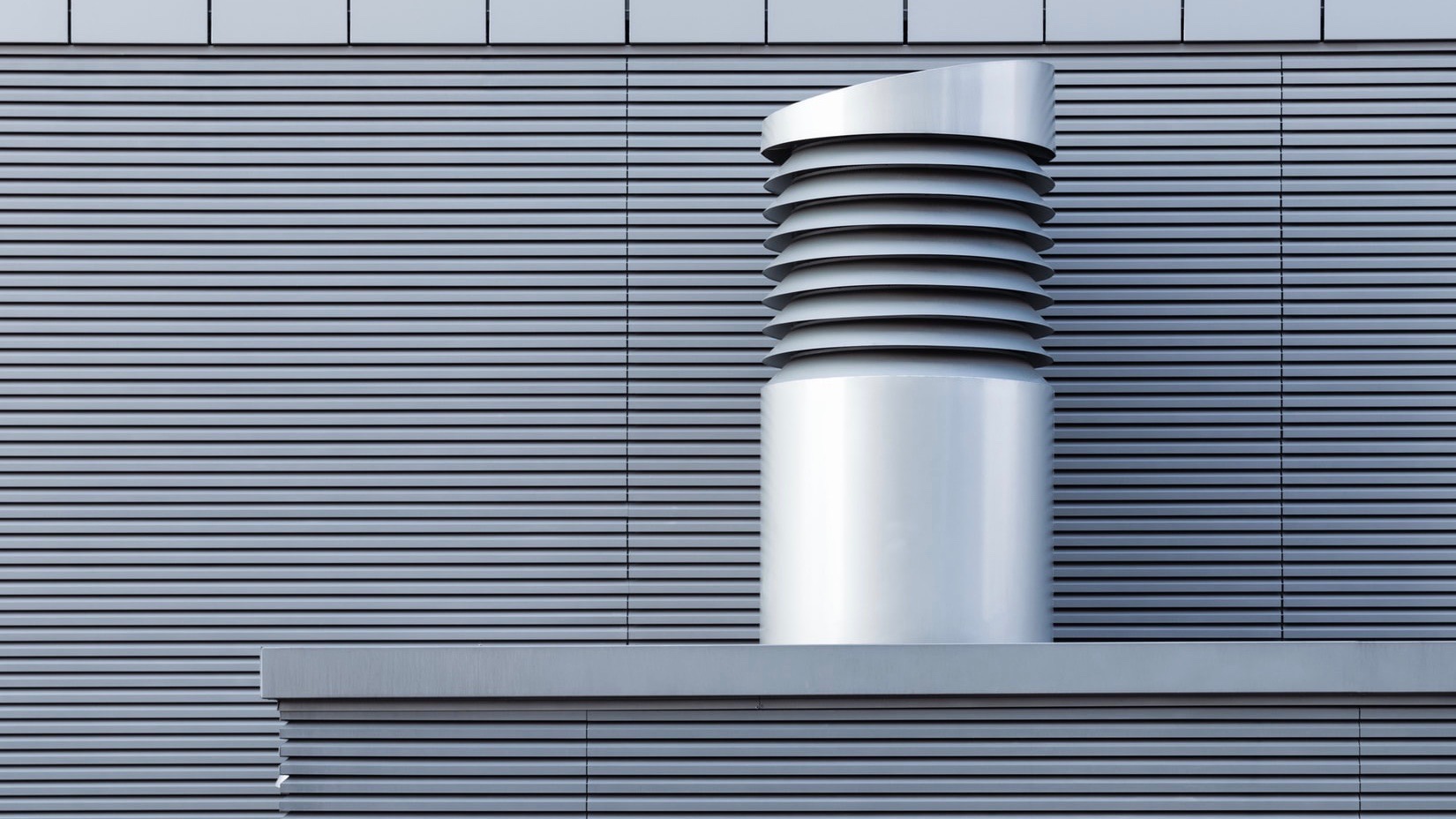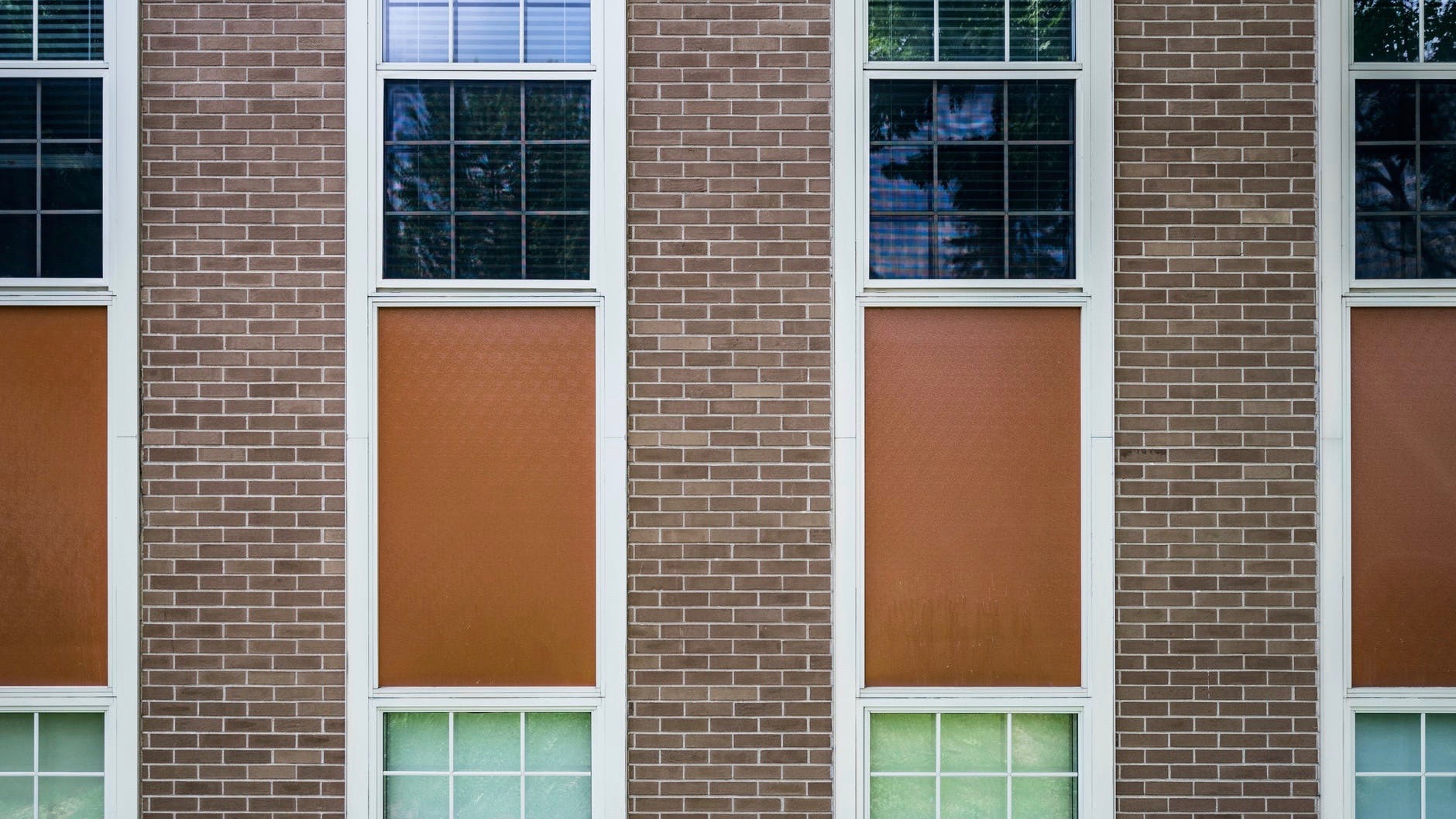Longstanding neglect of HVAC in schools has created an urgent need for an update. Recent research has shown that more than half (54%) of public schools need “to update or replace multiple systems like heating, ventilation, and air conditioning (HVAC) or plumbing.” More than a quarter (26%) will need to update or replace at least six of the critical facility systems.
HVAC in Schools Need Updating. Facility Management Tools Can Help.
Topics: Remote Building Controls, HVAC
Give Hospital Maintenance Contractors the Key to Off-Site Resolutions
There’s no time to lose in a healthcare environment. Nonetheless, patients and staff often need to wait until the hospital maintenance team can travel on-site when there is a failure or malfunction in the hospital HVAC system. Your system won’t need urgent maintenance every day, but when it does, a safe and regulation-compliant environment in the OR of a critical surgery could hang in the balance.
Topics: Remote Building Controls, HVAC
What if Hospital Facilities Management Wasn’t Just for Technicians?
Hospital facilities management is both complex and high stakes. When you’re regulating heat and airflow to a dozen or more ORs, patients and doctors are counting on your facilities staff for safety, compliance, comfort, and consistently ideal conditions for sensitive procedures. It’s essential that each room in your facility maintains a stable set point with excellent ACH (air changes per hour) performance and the ability to rapidly adjust as needs change.
Topics: Remote Building Controls, HVAC
The Aging Facility Management Workforce & Your Hospital HVAC System
Figures from the IFMA show that the average facilities management professional is now 49 years old, with 28 years of experience (including 16 in facilities management). This is older than the median age of the general workforce by 8 years.
Topics: BAS, BACnet, Remote Building Controls, HVAC
End the Healthcare Facility Management Runaround With Mobile Access
Systems for HVAC in healthcare facilities must balance complexity with urgency. A large hospital or other healthcare facilities may include a dozen or more ORs with sensitive temperature and ventilation needs, which may need to change rapidly — perhaps to drop temperatures for a procedure or to cycle in clean air after an aerosolizing event.
Topics: BAS, Remote Building Controls, HVAC
How to Boost Performance & Compliance in Health Facilities Management
Get the Information You Need — Fast
Health facilities management systems are often complex and difficult to set up, navigate, or operate without the expertise of a highly trained technician. Our cloud-based ODIN software is designed to make it easy for anyone to adjust, trend, schedule, and set alarms within even the largest health facilities management systems.
Topics: BAS, Remote Building Controls, HVAC
COVID Relief Plan: Next Steps for School Facility Managers
When President Biden signed the American Rescue Plan on March 11, 2021, it launched a $1.9 trillion economic stimulus, including $130 billion in stimulus money for schools in the pre-K through 12th grade age group. The intention of this new school stimulus money—called the Elementary and Secondary School Emergency Relief (ESSER) Fund—is to help schools safely reopen within 100 days and take actions to help protect students, staff, and families from COVID-19.
5 Tips for Facilities Managers as Schools Reopen
The American Rescue Plan, which was signed into law by President Biden in March 2021, has set a priority of reopening as many K-12 schools as possible within its 100 days. As of the writing of this article, we’re a little more than a third of the way through that timeline. Facilities managers are ramping into high gear getting many buildings that have been shut down for a year or more ready for people to resume daily occupancy. Here are a few quick tips to guide your planning process as you start laying out your school building safety and school facilities management strategies.
Topics: BAS, Remote Building Controls, HVAC
There’s nothing more important to a K-12 facilities manager than the safety and health of the building’s occupants. The COVID-19 pandemic brought this into even sharper relief and now is the time to act. The U.S. Government Accountability Office (GAO) found that 54% of public school districts need to improve or replace multiple school building systems—especially HVAC upgrades. Their report estimates that 41% of districts need an update or even replacement of antiquated or inadequate HVAC systems. That adds up to 36,000 schools across the nation.
Topics: HVAC
3 Things K-12 Facilities Managers Should Know About the $54B Stimulus
The Coronavirus Response and Relief Supplemental Appropriations Act (CRRSA) went into effect on December 27, 2020. This 5,600-page, $900B bill included $82B specifically set aside for education. Of that money, $52B will go straight to K-12 schools (about four times as much as the $13.5B allocated by the CARES Act in March of 2020).
















